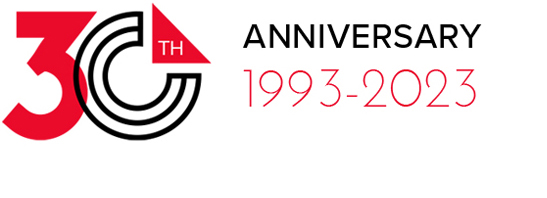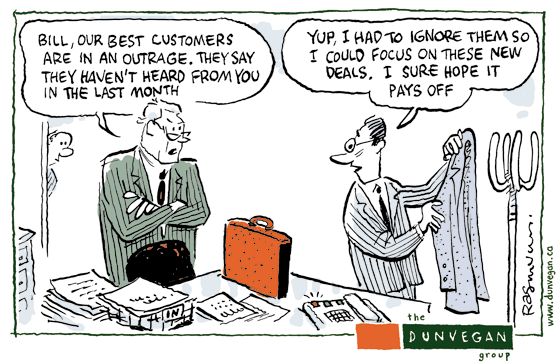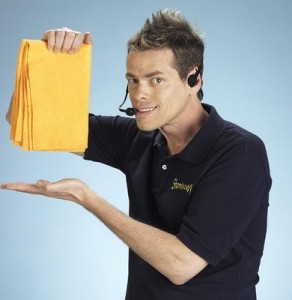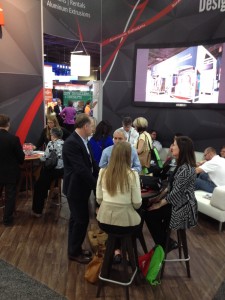8 … What an interesting age. Not quite the age where you start thinking you know everything, and not quite the age when you feel totally dependent on your parents.
Each Friday and Saturday, I am surrounded by 20 of them, including my twins, as their youth basketball coach. This includes one team of 10 boys and another of 10 girls. All 8 or approaching 8. Each week, they are a wealth of insights and lessons.
Lesson 1. It’s OK to celebrate when your opponent or friend scores.
Is it really such a bad thing to acknowledge a great shot in basketball by your opponent? Or to congratulate a business competitor on a win? For example, new product segments created by others can open potential business for your business as well. Just look at all the coffee shops, thanks to Starbucks. Rather than spending time getting angry, celebrate it and use it as fuel for you and your team to make changes to your business.
One of my players approached me at halftime saying, “Hey coach, that screen the guys put on me was awesome! I want to learn how to do that. Did you see what happened? His teammate was able to score so easily.”
Lesson 2. Having your teammate’s best interest at heart ONLY creates victory for the whole team
 When someone challenges your solution or approach, listen to them and be objective about the information. Too often, we decide to go “our way” without heeding sound advice or help. Or without engaging our clients (who are part of our team) in a solution.
When someone challenges your solution or approach, listen to them and be objective about the information. Too often, we decide to go “our way” without heeding sound advice or help. Or without engaging our clients (who are part of our team) in a solution.
In the end, a win for the team (your business and your client) is all that really matters
One my girls walked up to a teammate and told her that the next time they were on the court she would pass it to her so she could score. Even though the girl who had the ball had no problem creating her own shot opportunities. But she realize that the other girl was a better shooter, which meant a greater likelihood the team would score.
Lesson 3. Details matter Coach!
This comes from my girls. At the end of each practice, they all want to know (more than anything else!) if they are wearing their gold or their blue uniforms for the game. To which I say, “I don’t know. Why does that matter?” The response from one girl was telling. “Details coach…they matter…like wanting to make sure I wear the proper color of ribbon in my hair. It has to match my uniform. Duh?!”
I know we all know this, but the devil truly is in the details in our business lives. The smallest can make the difference between a winning exhibit and a dud. You can create the most outstanding display for a company, but if their experience in setting it up becomes so painful due to poor setups, poor engineering, or just poorly packaging, it won’t matter how good it looks. The negative tone was already set, and it will influence how they perform at the show and how they approach the next one.
There are countless lessons these kiddos teach me every week, some more important than others, but all near and dear when you stop to think of the messengers — just 8 year old kids having fun.
Makes me wish we could all have a “younger” perspective in our daily business lives. It would certainly make it a lot more fun.
Have a great weekend!
–Kevin
http://twitter.com/kevin_carty
http://www.linkedin.com/pub/kevin-carty/3/800/32a
[subscribe2]




















